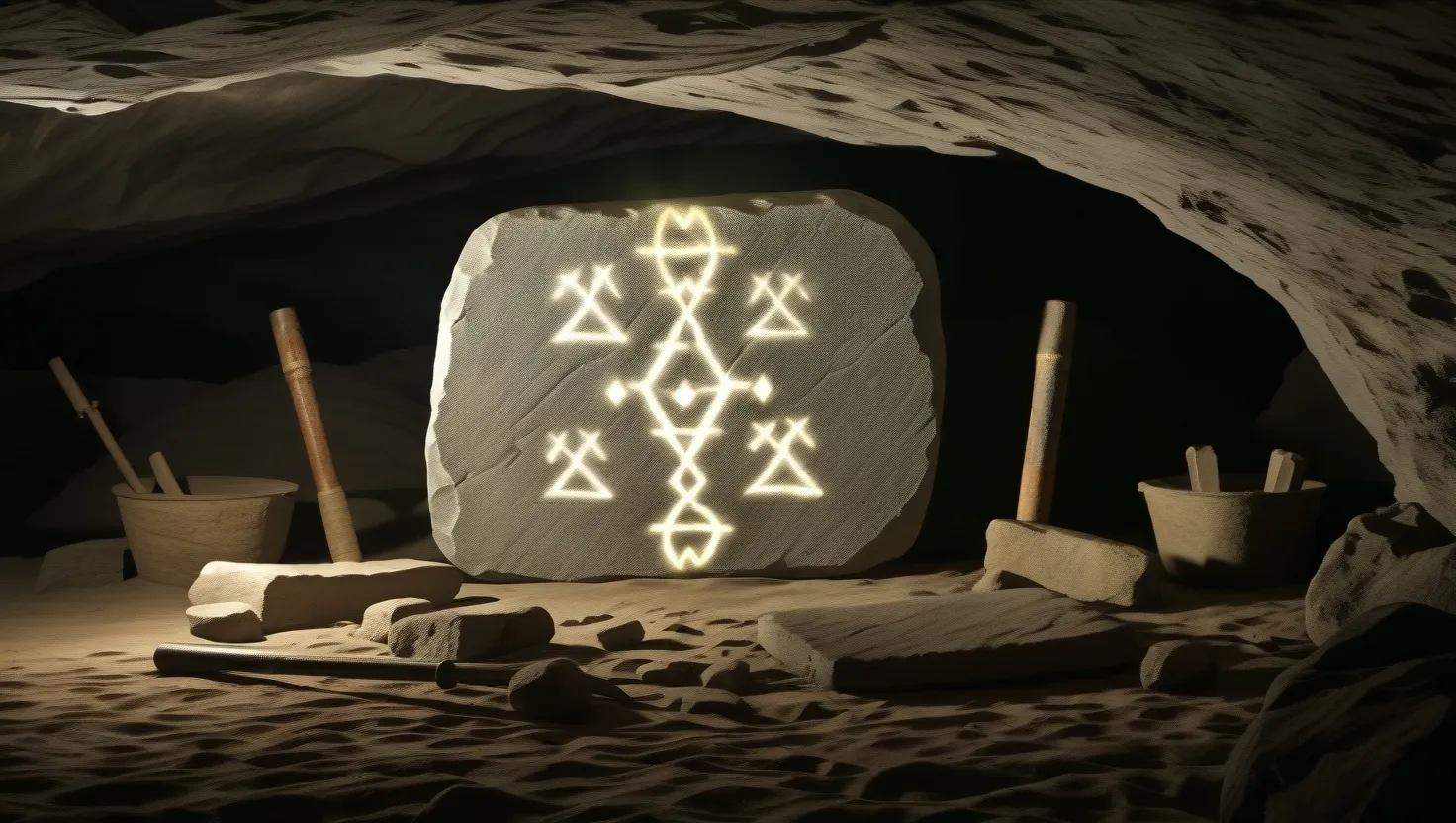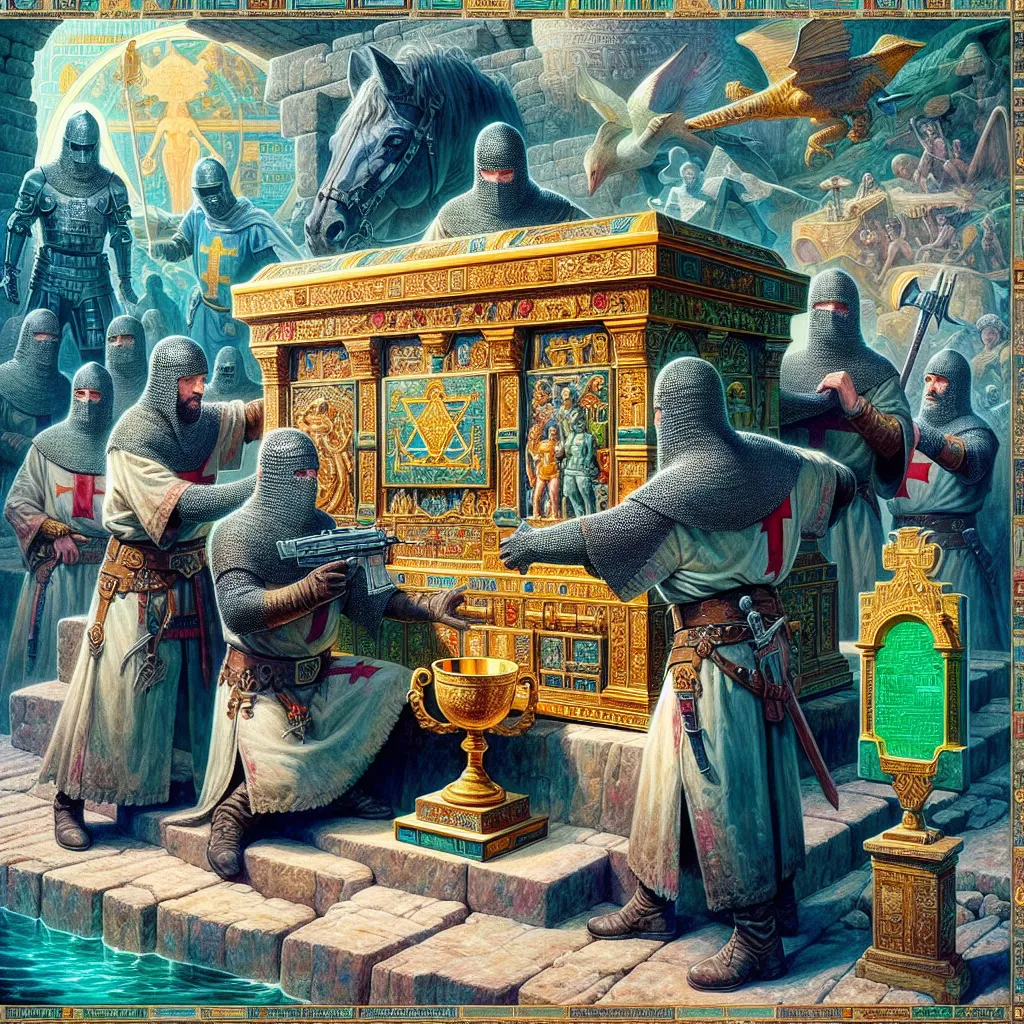As I delve into the mysteries of lost languages, I am reminded of the vast and intricate web of human communication that has spanned millennia. Each of these ancient writing systems holds a piece of the puzzle that is human history, and yet, despite our best efforts, they remain shrouded in mystery.
Let’s begin with the Etruscan language, a tongue that once flourished in ancient Italy. The Etruscan civilization, known for its sophisticated culture and significant influence on the development of Latin, has left us with around 13,000 inscriptions. However, only a handful of these are lengthy enough to provide substantial clues about the language. The Etruscan script is a fascinating blend of logograms and phonetic symbols, but its meaning remains elusive. Scholars have long speculated about its origins, with some linking it to the Tyrsenian languages, while others consider it a linguistic isolate. The bilingual inscriptions, which include texts in Latin, Greek, and Phoenician, offer a glimmer of hope, but the Etruscan language continues to defy complete decipherment.
Moving to the heart of Africa, we find the Meroitic script, used in the Kingdom of Kush from the 3rd century BCE. This script is a unique blend of Egyptian hieroglyphs and Demotic script, with hints of Greek influence. The Meroitic alphasyllabary consists of 23 letters and four vowels, but despite its decipherment by Francis Llewellyn Griffith in 1909, the language itself remains a mystery. The majority of the texts are in Meroitic Cursive, which was the more common form of writing. These scripts offer a window into the administrative and religious practices of the Kingdom of Kush, but the full meaning of the texts and the language they represent continue to elude us.
In the central valleys of Oaxaca, Mesoamerica, lies the legacy of the Zapotec writing system. This logo-syllabic script, one of the earliest in the region, dates back to around 600 BCE. The Zapotec writing system was not just a tool for communication but a powerful instrument for social and political control. It was used to record genealogical records, claims to land and offices, and to legitimize the power of noble and royal houses. Over time, the script evolved, minimizing its phonetic aspects and maximizing its logophonic and semantic encoding. Despite its extensive use and the wealth of artifacts, the full decipherment of the Zapotec script remains an ongoing challenge, with its replacement by the Mixteca-Puebla script marking the end of its dominance.
In medieval China, the Khitan people of the Liao Empire developed two distinct writing systems: the Khitan large script and the Khitan small script. The small script, used from the 10th to the 12th century, is particularly intriguing due to its unique structure and the limited number of texts that have survived. These scripts were primarily used on epitaphs and monuments, providing glimpses into the funerary practices and social hierarchies of the Khitan people. Despite their continued use by the Jurchens after the fall of the Liao dynasty, the Khitan scripts eventually fell out of use, leaving behind a trail of undeciphered texts that hold secrets of a bygone era.
The Olmec writing system, one of the earliest in the Americas, is another enigmatic script that has captured the imagination of scholars. Dating back to around 900 BCE, this system is found on a handful of artifacts, including the Tuxtla Statuette and the Cascajal Block. The Olmec script is believed to be a precursor to later Mesoamerican writing systems, but its decipherment is complicated by the scarcity of texts and the lack of bilingual inscriptions. The Olmec civilization, known for its monumental architecture and sophisticated art, left behind a script that could potentially reveal the roots of Mesoamerican culture, but it remains one of the most elusive puzzles in the field of linguistics.
Lastly, we have the Cypro-Minoan script of Bronze Age Cyprus, a script that has been found on clay tablets and other artifacts from the 16th to the 10th centuries BCE. This script is closely related to the Linear A and Linear B scripts of the Minoans and Mycenaeans, respectively, but it stands apart due to its unique characteristics. The Cypro-Minoan script is believed to represent an early form of the Greek language or possibly a language from the Anatolian family. However, the limited number of texts and the lack of a Rosetta Stone equivalent have hindered its decipherment. The potential insights from this script could bridge the gap between the Minoan and Mycenaean civilizations and shed light on the early history of the Greek language.
Each of these lost languages holds a unique place in the history of human communication. The Etruscan language, with its influence on Latin, could provide insights into the early Roman civilization. The Meroitic script could reveal the administrative and cultural practices of the Kingdom of Kush. The Zapotec writing system could shed light on the social and political structures of ancient Mesoamerica. The Khitan scripts could offer a glimpse into the funerary and social practices of medieval China. The Olmec writing system could uncover the roots of Mesoamerican culture, and the Cypro-Minoan script could bridge the gap between ancient civilizations in the Mediterranean.
The decipherment of these languages is not just a matter of academic curiosity; it has the potential to reshape our understanding of ancient cultures and their connections. It could reveal new trade routes, cultural exchanges, and historical events that have been lost to time. The challenge, however, is significant. Linguists must rely on limited texts, often fragmented and contextually isolated, to piece together the meaning of these scripts.
As I reflect on these mysteries, I am struck by the resilience of human language and the enduring legacy of our ancestors. Each script, though undeciphered, tells a story of a civilization that once thrived, leaving behind a trail of symbols and signs that await our understanding. The journey to decipher these lost languages is a testament to human curiosity and the relentless pursuit of knowledge, a pursuit that continues to inspire and intrigue us to this day.






